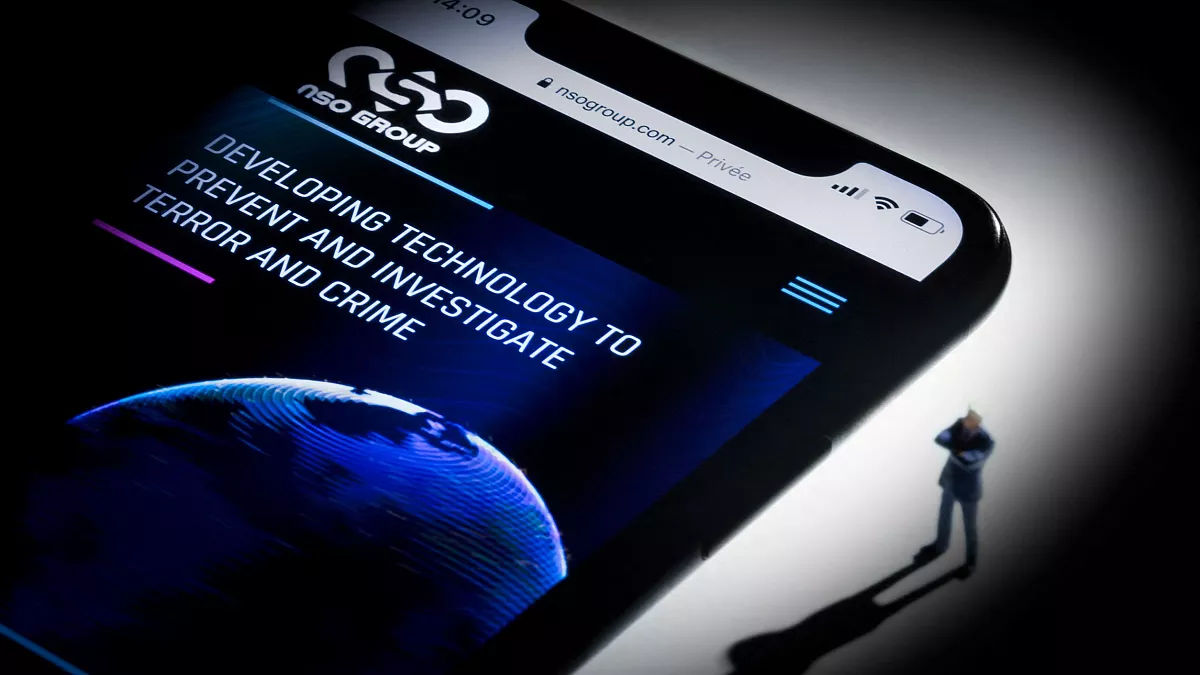CloudSEK Report: Rise of Fake Pegasus Spyware Post Apple’s Threat Notifications

CloudSEK Report: Investigation into Fake Pegasus Spyware Incidents on Dark and Deep Web
Following Apple’s recent threat notifications sent to iPhone users in 92 countries last month, CloudSEK, a cybersecurity firm, conducted a detailed investigation revealing a surge in fake Pegasus spyware across the deep and dark web. While Apple’s advisory did not explicitly name any specific threat actors, it cited Pegasus spyware linked to the NSO Group as a prominent example. This disclosure may have prompted scammers to exploit the situation by peddling counterfeit malware under the guise of Pegasus source code.
Investigative Findings
CloudSEK’s investigation commenced shortly after Apple’s warning in April. Researchers meticulously scoured deep web forums, dark web marketplaces, and surface web sources to ascertain the availability and authenticity of Pegasus spyware offerings. The focus was on identifying whether genuine Pegasus source code was accessible or if fraudsters were capitalizing on the heightened concern.
Insights from CloudSEK’s Report
In their comprehensive report titled “Behind the Advisory: Decoding Apple’s Alert and Spyware Dilemma,” CloudSEK documented their findings. The investigation involved monitoring various Internet Relay Chat (IRC) platforms and analyzing approximately 25,000 posts on Telegram. A significant portion of these posts purportedly advertised the sale of authentic Pegasus source code, raising alarms about the proliferation of fraudulent activities exploiting the spyware’s notorious reputation.
Impact on Cybersecurity Landscape
The emergence of fake Pegasus spyware underscores the evolving tactics employed by cybercriminals to deceive and exploit unsuspecting victims. With sophisticated social engineering techniques and misleading claims, scammers aim to capitalize on widespread apprehension surrounding surveillance technologies and data privacy concerns.
Implications for Security Measures
For cybersecurity professionals and organizations, the prevalence of fake Pegasus spyware necessitates heightened vigilance and proactive measures. It highlights the importance of robust threat intelligence capabilities, continuous monitoring of illicit online activities, and strategic partnerships to combat emerging cyber threats effectively.
Recommendations and Future Outlook
CloudSEK’s findings serve as a stark reminder of the challenges posed by deceptive practices in the digital age. Moving forward, industry stakeholders must collaborate to strengthen defenses against malicious actors and enhance public awareness regarding potential cybersecurity risks associated with sophisticated spyware and malware campaigns.
Conclusion
In conclusion, CloudSEK’s investigation into the surge of fake Pegasus spyware following Apple’s threat notifications provides critical insights into the dynamic cybersecurity landscape. By shedding light on the proliferation of fraudulent activities and deceptive practices, CloudSEK aims to empower organizations and individuals to adopt proactive measures and safeguard against evolving cyber threats effectively. As the threat landscape continues to evolve, proactive vigilance and strategic response strategies remain pivotal in mitigating risks and maintaining robust cybersecurity posture.





















